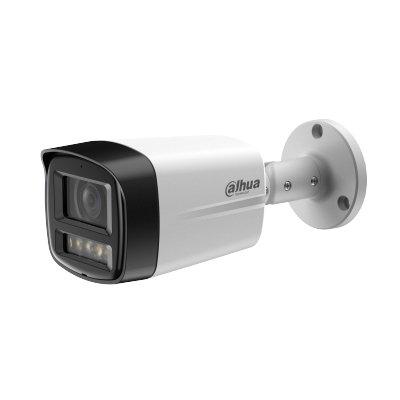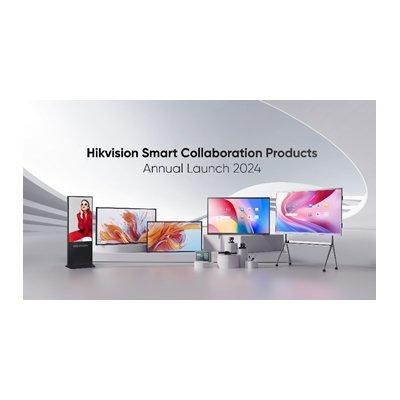 |
| Marcio Saito will help Opeangear to enhance the technical features of their network-resilient solutions |
Opengear a provider of infrastructure management solutions through advanced console servers, remote management, monitoring, and cellular out-of-band products, announced the appointment of Marcio Saito as Chief Technology Officer. Saito joins Opengear with extensive industry experience in executive leadership positions at global technology companies. He will have responsibility over the company’s product and technology strategy, and will also establish an Opengear office in Silicon Valley and oversee the hiring of local engineering talent.
“Marcio comes to Opengear with a history of demonstrating foresight and strategic acumen in the data centre infrastructure space,” said Rick Stevenson, CEO, Opengear. “His expertise will be invaluable as Opengear continues to create innovative products designed to manage critical IT in data centres and beyond, and to further enhance the technical features of our network-resilient solutions from embedded Smart OOB to Failover to Cellular. Marcio is a powerful addition to our leadership team, and the perfect fit to drive our product and technology strategy.”
Previous work experience
Prior to accepting his position with Opengear, Saito served in several executive leadership positions at companies that have made key contributions to advancing the technology used in the data centre industry under his stewardship. In his thirteen years as Chief Technology Officer at Cyclades, Saito stood as a pioneer in the open source software movement, and helped to establish the concept of out-of-band management for data centre infrastructure. Following the acquisition of Cyclades, Saito served as Vice President of Strategy and Technology for Avocent, where he managed several product and engineering teams and led the development of one of the first DCIM solutions on the market.
“In the past few years, the best practices for IT infrastructure management have undergone a great deal of change,” said Saito. “In the data centre, we continue moving towards larger-scale, more homogeneous deployments with an accelerated decoupling of dependencies between hardware and software layers. At business’ branch offices, we see LTE and other wireless and mobile technologies enabling better intelligence that’s closer to the edge of the network. These transformations create opportunities for innovation and demand change in the technologies used to manage this critical infrastructure. Opengear is positioned to play an important role in that transition, and I’m excited to be a part of it.”




















